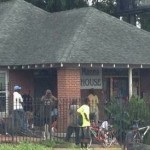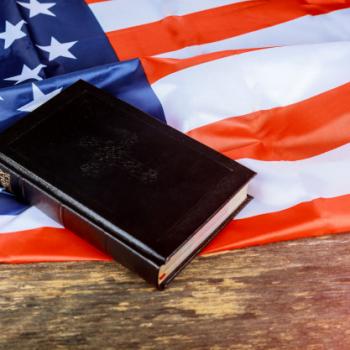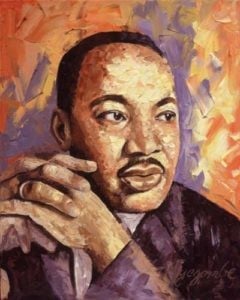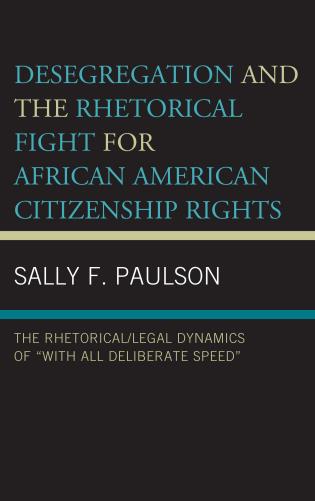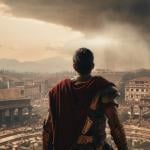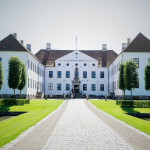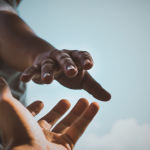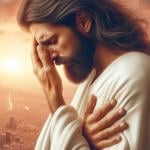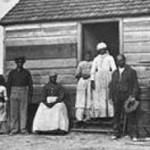 This post is part of the Memories of a Massacre Project: Memphis in 1866. This project is designed to bring to public attention the massacre that rattled Reconstruction-era Memphis in May 1866.
This post is part of the Memories of a Massacre Project: Memphis in 1866. This project is designed to bring to public attention the massacre that rattled Reconstruction-era Memphis in May 1866.
The white mob that held Memphis in terror for three terrible days in May 1866 targeted black churches for destruction. They burned wood frame buildings and ruined even a large brick church building. According to the Congressional inquiry into the massacre, the mob destroyed every black church in Memphis. The Congressional report recounted the testimony of preachers from African American churches whose lives had been threatened by white residents during and after the massacre.
Why would the white mob deliberately target black churches during the Memphis massacre? What did these churches represent – both to formerly enslaved Memphians and to white Memphians? How did black churches support African Americans’ struggle for civil and political rights in the post-emancipation South?
Slave Religion & Emancipation
Christianity had a long, complex history among American slaves. Historian Albert Raboteau’s classic Slave Religion: The “Invisible Institution” in the Antebellum South charted this history nearly forty years ago. He showed that despite slaveholders’ efforts to teach a version of Christianity centered on obedience to masters, slaves created complex religious cultures combining African religious retentions and Christian practices. Raboteau concluded with the observation of African American theologian Howard Thurman that, “By some amazing but vastly creative spiritual insight, the slave undertook the redemption of a religion that the master had profaned in his midst.” On the eve of emancipation, slave religion had become a vital cultural force, insisting on the humanity of those caught in the dehumanizing system of slavery. As spirituals – the theological writings of slaves – maintained, the God who brought the Israelites out of slavery in Egypt, destroyed the walls of Jericho, and protected Daniel in the lion’s den would upend the social order to free American slaves from bondage. Enslaved Christians worked for and longed for that divinely directed emancipation.
When the Civil War came to the Mid-South, black Christians recognized it as an opportunity for their exodus from slavery. On a West Tennessee farm, Isaac Lane, a slave preacher who would later found Lane College, led prayer meetings of fellow slaves praying that the Civil War would bring emancipation. Local whites badly beat Lane when they learned of his prayer meetings. This violence testified to the strong potential for liberation that white southerners recognized in black Christianity.
With emancipation, African Americans rapidly formed their own churches. Antebellum southern churches had contained several hundred thousand enslaved members. Once free, these black Christians left white-controlled churches, much to the surprise of white Christians who did not understand why former slaves would not want to remain as second class members in segregated balconies. Freed people across rural areas and towns built rough church buildings almost overnight, despite the poverty they endured. These churches hosted day, night, and Sunday schools for black adults and children, often with support from northern missionary groups.
Churches supported black southerners’ claims for civil and political rights as citizens at a time when those rights were deeply contested. For that support, black churches earned white southerners’ criticism – and violence.
Black Churches and Citizenship
After emancipation, there were many unanswered questions about African Americans’ place in the newly reunited nation. What civil or political rights could they exercise? Would free blacks be equal citizens with white Americans? Black churches supported African Americans’ claims for civil and political rights by hosting political gatherings and mass meetings and by allowing black southerners to claim an important common identity with local whites as fellow Christians.
In the infamous Dred Scott decision in 1857, the U.S. Supreme Court had ruled that people of African descent, whether slave or free, were not citizens of the United States. The Fourteenth Amendment would overrule that decision, declaring that all persons born in the U.S. were citizens, but that amendment would only be ratified two years after the Memphis Massacre. Even if it were granted, what citizenship meant was also uncertain. Women’s presence as citizens who could not vote showed that citizenship did not guarantee equal political rights. TheCongressional Report on the Memphis Massacre talked of the “citizens” of Memphis as its longtime white residents. The document implicitly excluded newly-arrived northern whites and black residents when it spoke of the “citizens” who shaped public opinion in Memphis. Both access to citizenship and the rights that came with citizenship proved a shifting ground in the post-emancipation South.
Because citizenship was such an uncertain category, identity as Christians became all the more important for black Memphians – and other former slaves – as they sought to assert their civil and political rights. Insisting that they were fellow Christians with their white neighbors was an important way for black Memphians to assert themselves as equal to whites. While racial identity was a fixed, rigid category, religious identity could change. Southern preachers had long stressed that Christian conversion was available to all, whether slave or free, black or white. The more fully that black residents could insist that Christian identity should signify who belonged in Memphis, the more they could put themselves in that category of belonging. Religious identity gave black Memphians a malleable category to use instead of the fixed categories of race that excluded them from whiteness and from citizenship.
In making these claims, Memphis’ black community drew upon the widely accepted valued of Christian identity and behavior. As Major Gen. George Stoneman worked to restore order after the massacre, he wrote that Memphians must “govern themselves as a law-abiding and Christian community.” Missionary teachers from northern states interviewed after the massacre explained that they were working for the “education and Christianization” of black Memphians. The 1866 report makes clear that Christian behavior was a widely accepted goal. Black Memphians’ insistence that their Christian identity made them worthy of civil and political rights alongside white residents proved a savvy, effective strategy. But these efforts were also a consistent interpretation of generations of black Christianity.
In May 1866, black churches were full of Memphians who had long prayed that the God who had brought the ancient Israelites out of slavery in Egypt would free them from the horrors of the South’s peculiar institution. The churches held schools, community meetings, and political rallies in addition to their religious services. Churches helped black Memphians try to claim an equal status as fellow Christians with white southerners.
The white mob that targeted black churches during the Memphis massacre would not have done so by chance or by mistake. White Memphians knew that black churches occupied a central place in the black community’s quest for civil and political rights. Destroying all of Memphis’ black churches showed the mob’s effort to destroy the black community’s hope, their schools, their political advocacy, and their meeting places.
Fortunately, the mob did not have the final word. Within months, black churches would be rebuilt and would again be filled day and night with schools and religious services. They would continue to serve as centers for community organizing and political action. And they would continue to insist that black and white Memphians, as fellow Christians, deserved equal civil and political rights.
Elizabeth L. Jemison, a native Memphian, is Assistant Professor of Religion at Clemson University. She holds a Ph.D. from Harvard University and an A.B. from Princeton University. She is writing a book about black and white Christians in the post-emancipation Mississippi River Valley, currently titled Southern Redemption: Religion, Race, and Politics from Emancipation to Segregation.
Donate to the Work of R3
Like the work we do at Rhetoric Race and Religion? Please consider helping us continue to do this work. All donations are tax-deductible through Gifts of Life Ministries/G’Life Outreach, a 501(c)(3) tax exempt organization, and our fiscal sponsor. Any donation helps. Just click here to support our work.

